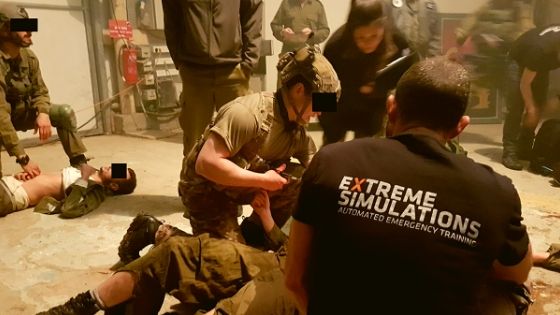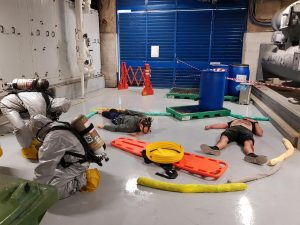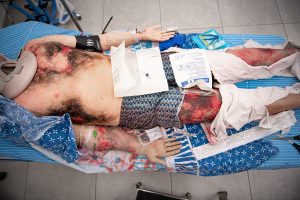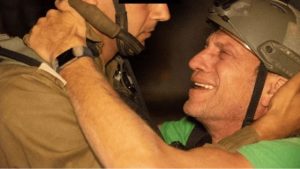During our trainings with various teams of first responders, we notice a lot of them possess immense self-control. This is not necessarily the case during a real-life event, which often leads to casualty identification mistakes.
What we need to make sure during the trainings is that the teams know how to avoid the common mistakes that occur during a casualty identification event.
Five mistakes in managing a casualty identification incident

1. Lacking an organized system to manage such an event
The lack of an organized system can lead to chaos during such an event. We’re talking about high levels of stress and pressure – your heart is racing and your mind is trying to make sense of what is happening – so if your emergency response system doesn’t work, nothing will.
You need to find connections between casualties and missing persons. FAST.
But without a solid system, the process might take ages. So get your systems right and test them regularly in different scenarios to see how well they work.
2. Asking the wrong questions
If you want to get results, learn how to ask the right questions. During a casualty identification event, it is very easy to get distracted by irrelevant details… A good training session will not only teach you how to gather information from the site, but it will also show you how to ask questions which can help you make sense of the findings.
Tip: If you want to learn more about casualty identification events, read about the challenges of such an event and how to complete such a mission without access to necessary resources.

3. The “Casualty Identification Triage” mistake
Triage in casualty identification events is all about understanding as fast as possible who is missing. If you do not know who and how many people are missing, you will have a hard time making sense of what has happened.
You will need to make a list of all the people who were in the area during the event, double-check that the list is correct, then cross out the people that were injured, and then compare the list to the evidence on site.
Remember to update the list as you go, crucial information may arrive later and can help you identify everyone and clean up the area faster.

4. Failure to collect enough DNA samples
This is a common mistake that is often found even in small events. However, it gets bigger during large casualty identification events. It consists of the failure to collect large amounts of DNA which are compared to the DNA of the family members.

Bonus tip: You can prepare for a casualty identification event by organizing regular trainings where you can learn the key elements of managing a mass casualty event. Read more about the Characteristics of a simulation of a real-life event.
5. Don’t compare small incidents to large ones
Never compare apples to pears, never compare small incidents to large incidents. Organizations that deal with single casualty identification on a regular basis find it difficult to succeed in large incidents.
For example, there were multiple terror attacks in Europe where it was very difficult for the casualty identification teams to understand who died. The organizations in charge did not know how to manage the incident and, as a result, days went by (and sometimes even weeks) before they understood who passed away.
In addition to this, the affected area remained untouched for days as a live testimony of what had happened. This had a large impact on the community and caused moral damage.
By comparison, Israel is a country with a long experience in dealing with terror attacks. As a result, the organizations involved in casualty identification missions after a terror attack have a well-organized management system. This allows them to manage the incident in a timely manner and without missing any important details or leads.
How can you avoid making these mistakes during a casualty identification event?
Train, train, train.
Training is the key to creating second nature automatic responses in the brain – these will help you react quickly, make assumptions and base your decisions on those assumptions.
Most importantly, trainings can help you get over the feeling that the casualty identification event feels like a “first time experience”.
Our experienced specialists at Extreme Simulations will outline a tailor-made training course for all levels of the organization: from field operators and mid-level managers to executive levels.
We often hear from our clients that their training felt like a real-life event. This is exactly what we want to hear from them, not because we like what we hear, but because we know that they are well prepared for crisis situations.
GET IN TOUCH
Contact Extreme Simulations now to book a complete training session





